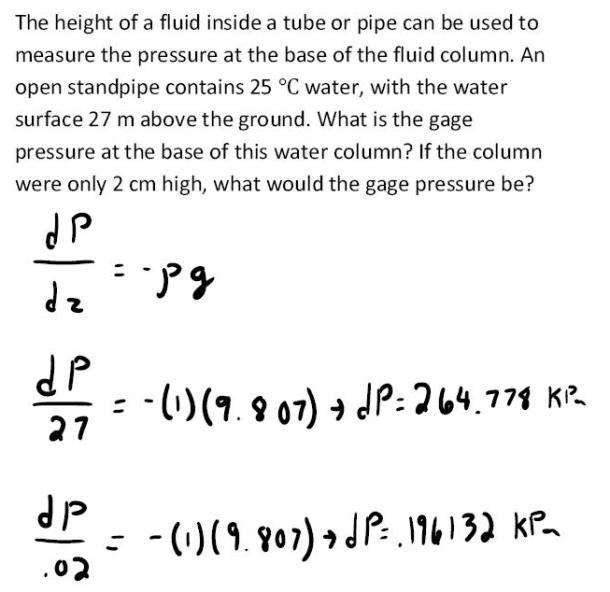fluid mechanics math problems engineering equations fluid mechanics basic mechanics school homework engineering math fluids formulas fluid mechanics problems fluid mechanics problem solutions to fluids problems full solution fluid mechanics engineering fluids problem solution fluid mechanics math problems engineering equations fluid mechanics basic mechanics school homework engineering math fluid mechanics formulas fluid problems fluid mechanics problem solutions to fluid mechanics problems full solution fluid mechanics engineering fluid mechanics problem solution
fluid mechanics math problems engineering equations fluid mechanics basic mechanics school homework engineering math fluids formulas fluid mechanics problems fluid mechanics problem solutions to fluids problems full solution fluid mechanics engineering fluids problem solution fluid mechanics math problems engineering equations fluid mechanics basic mechanics school homework engineering math fluid mechanics formulas fluid problems fluid mechanics problem solutions to fluid mechanics problems full solution fluid mechanics engineering fluid mechanics problem solution
The height of a fluid inside a tube or pipe can be used to measure the pressure at the base of the fluid column. An open standpipe contains 25 degrees C water, with the water surface 27 m above the ground. What is the gage pressure at the base of this water column? If the column were only 2 cm high, what would the gage pressure be?

The height of a fluid inside a tube or pipe can be used to measure the pressure at the base of the fluid column. An open standpipe contains 25 degrees C water, with the water surface 27 m above the ground. What is the gage pressure at the base of this water column? If the column were only 2 cm high, what would the gage pressure be?
